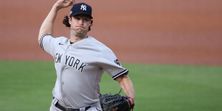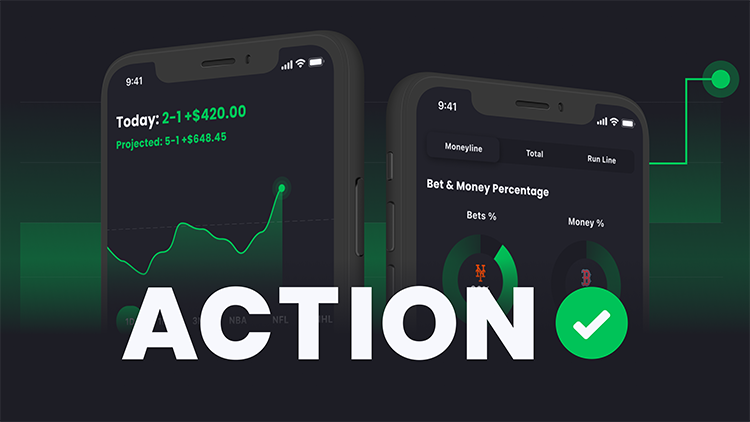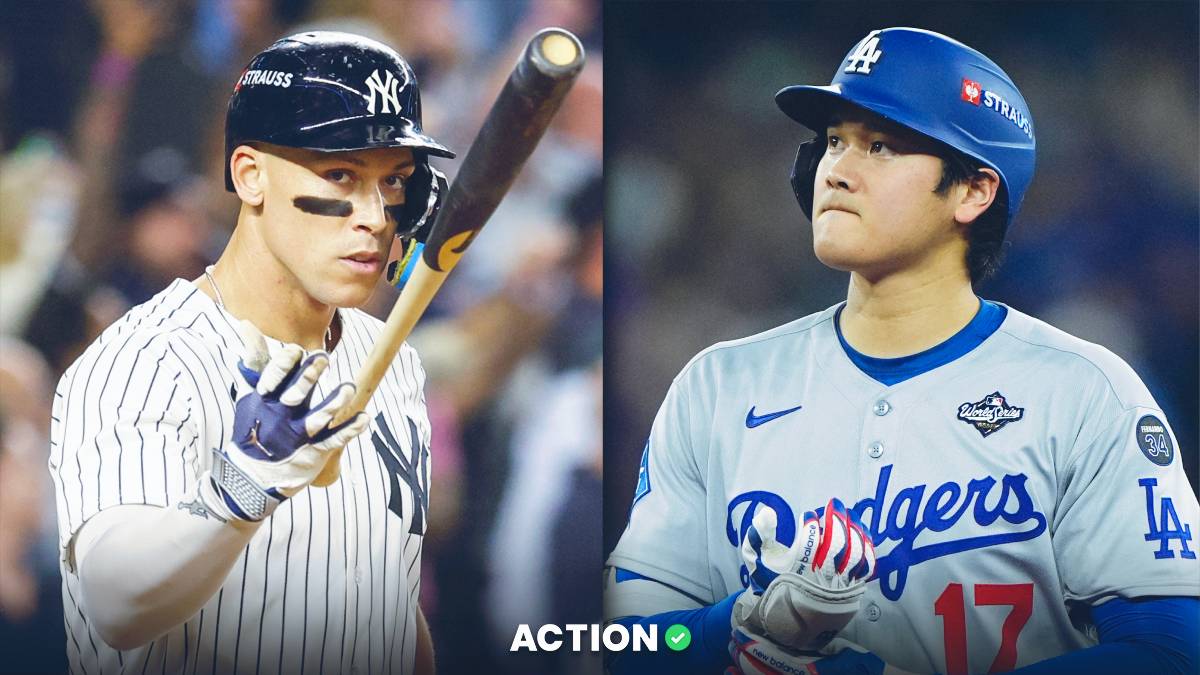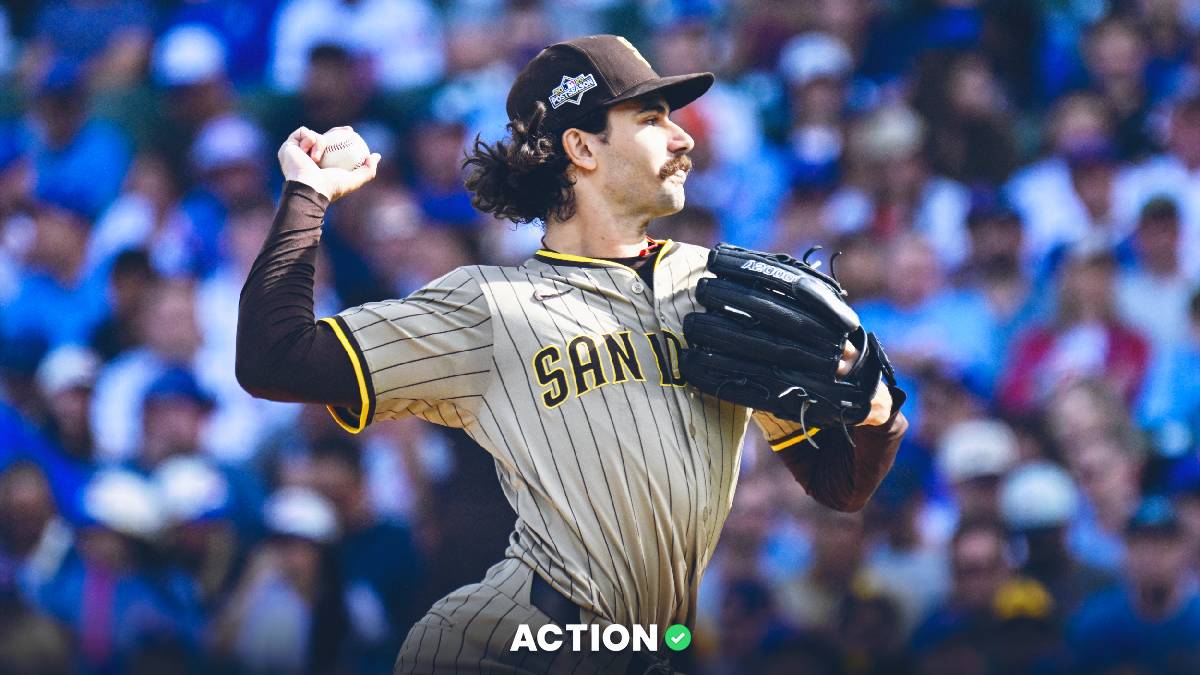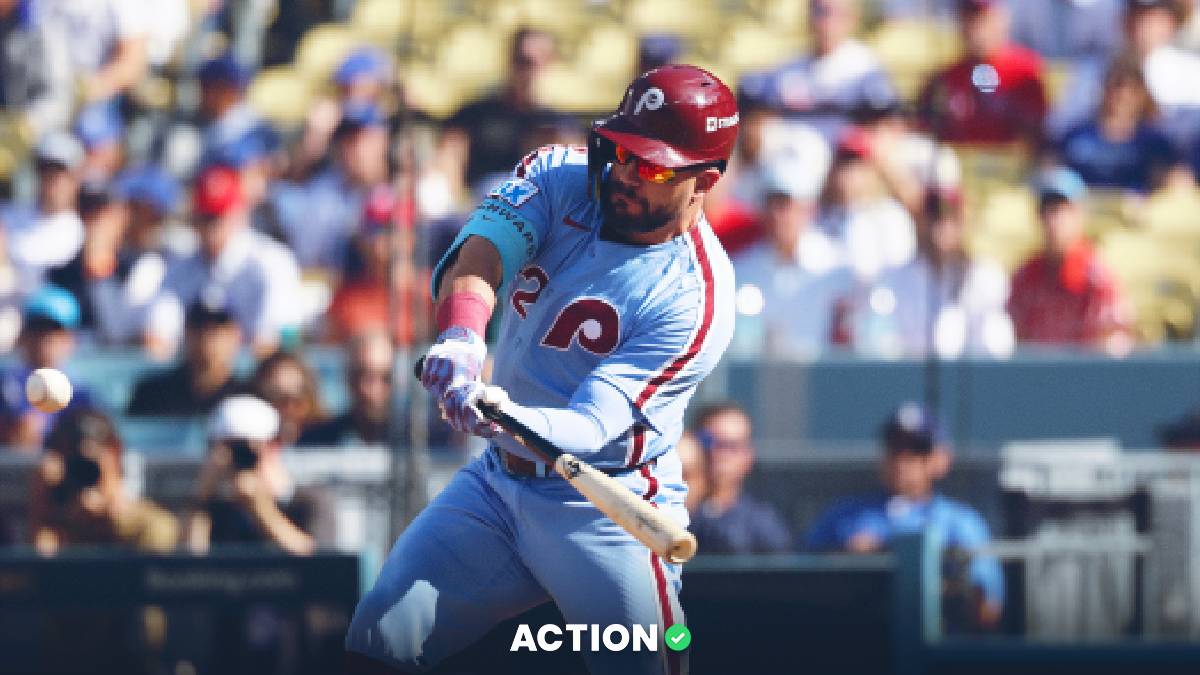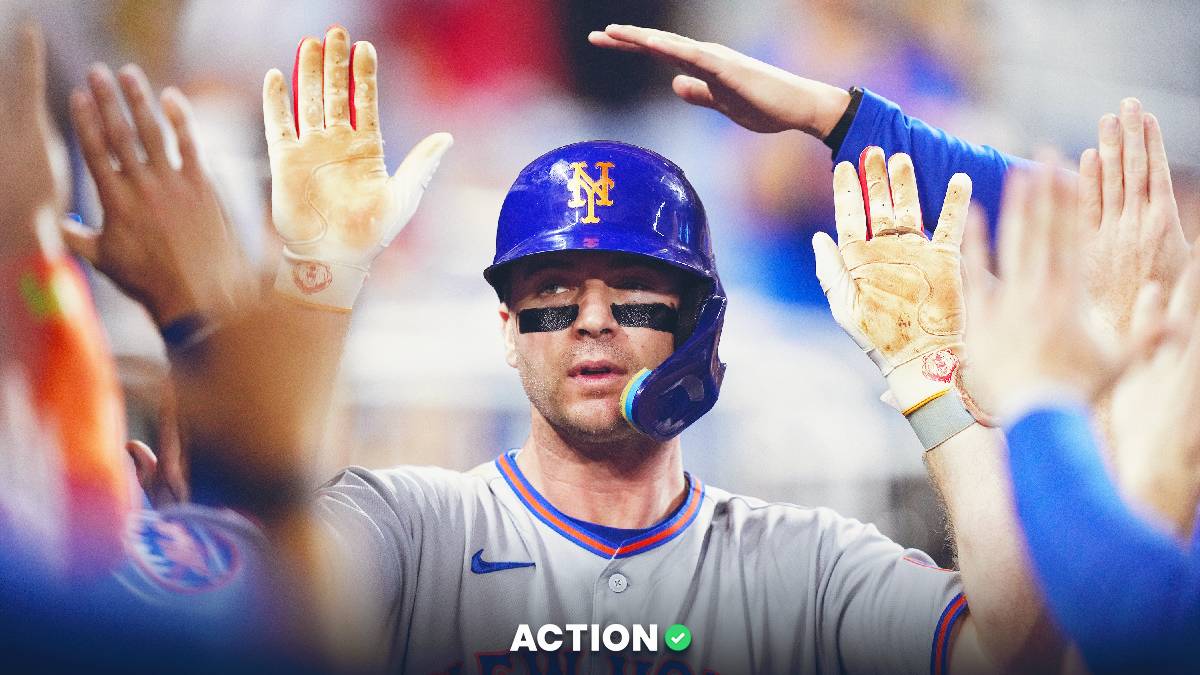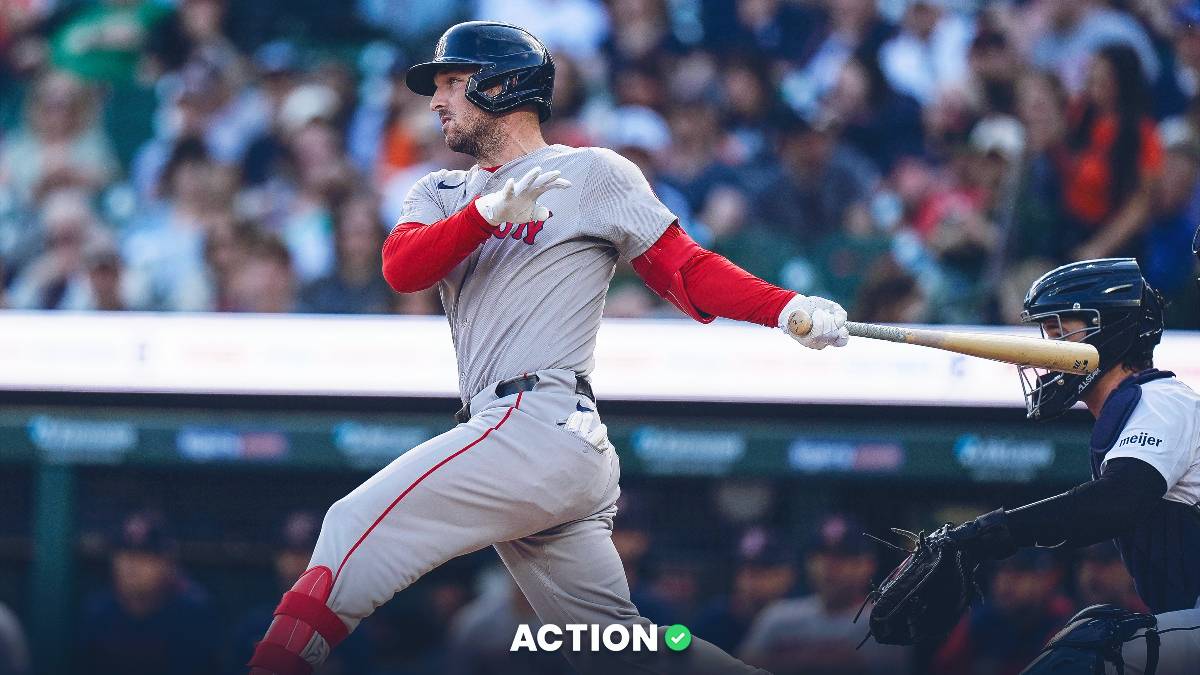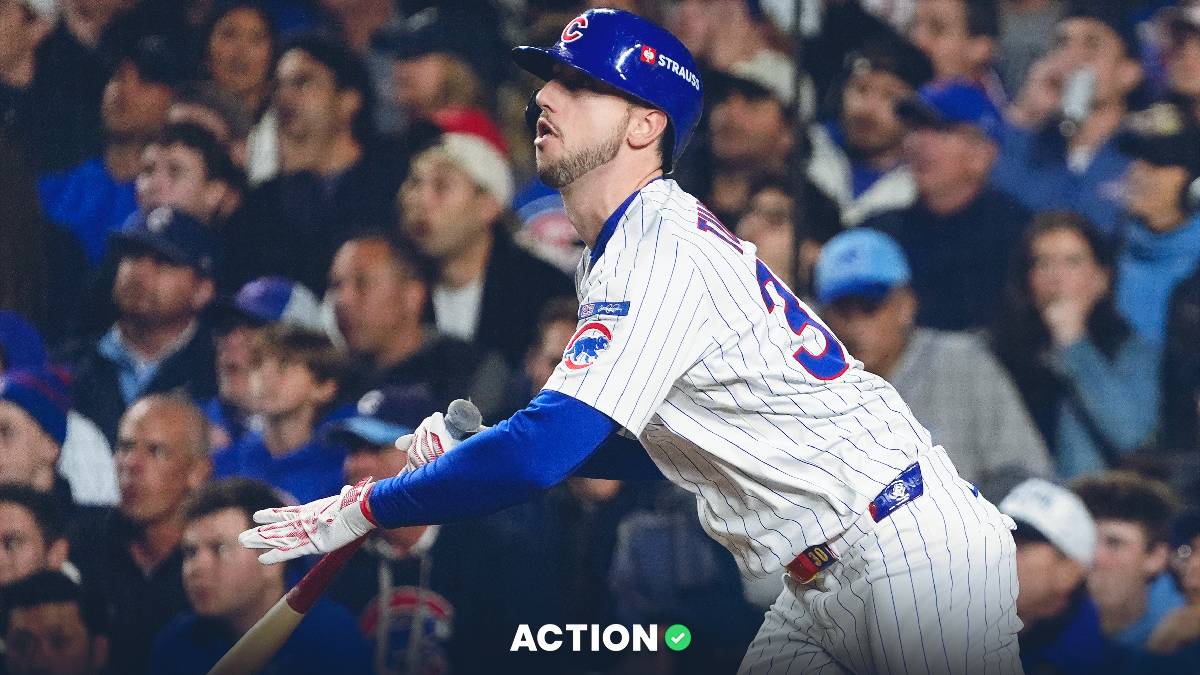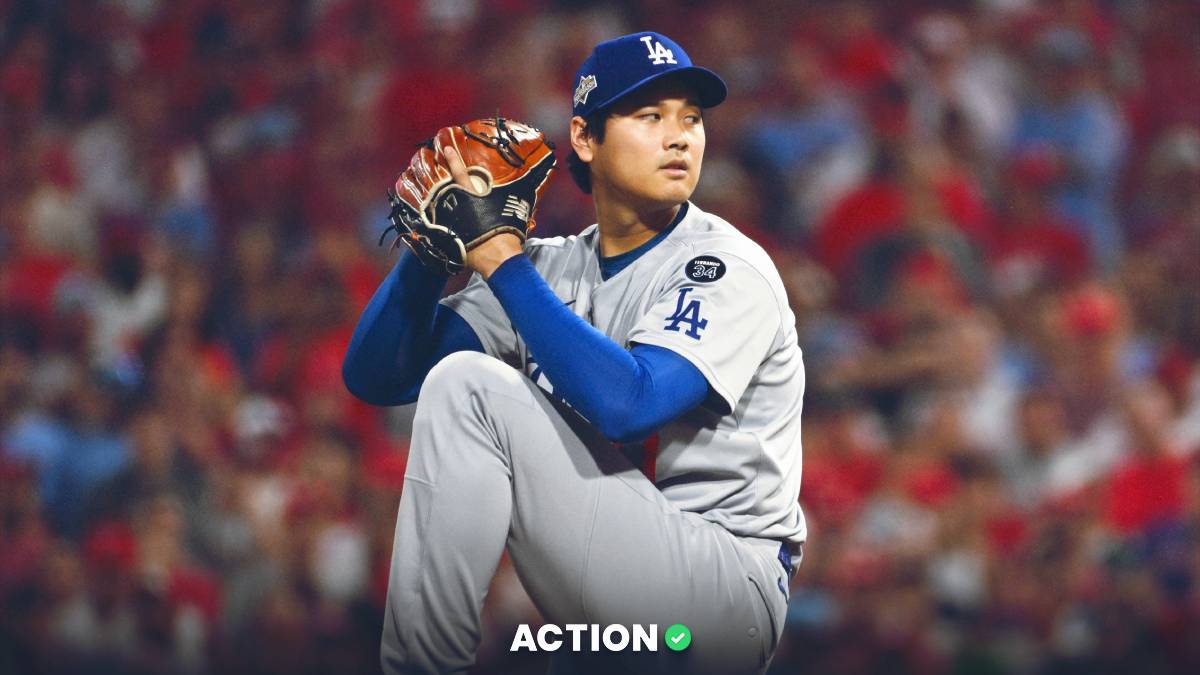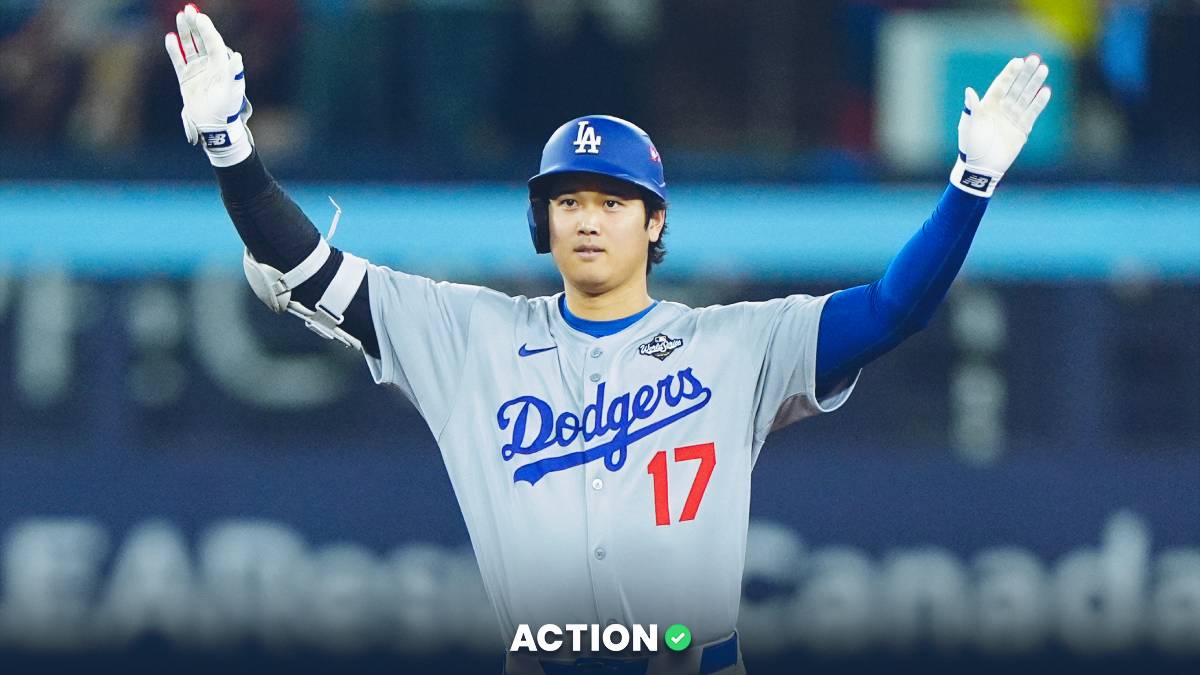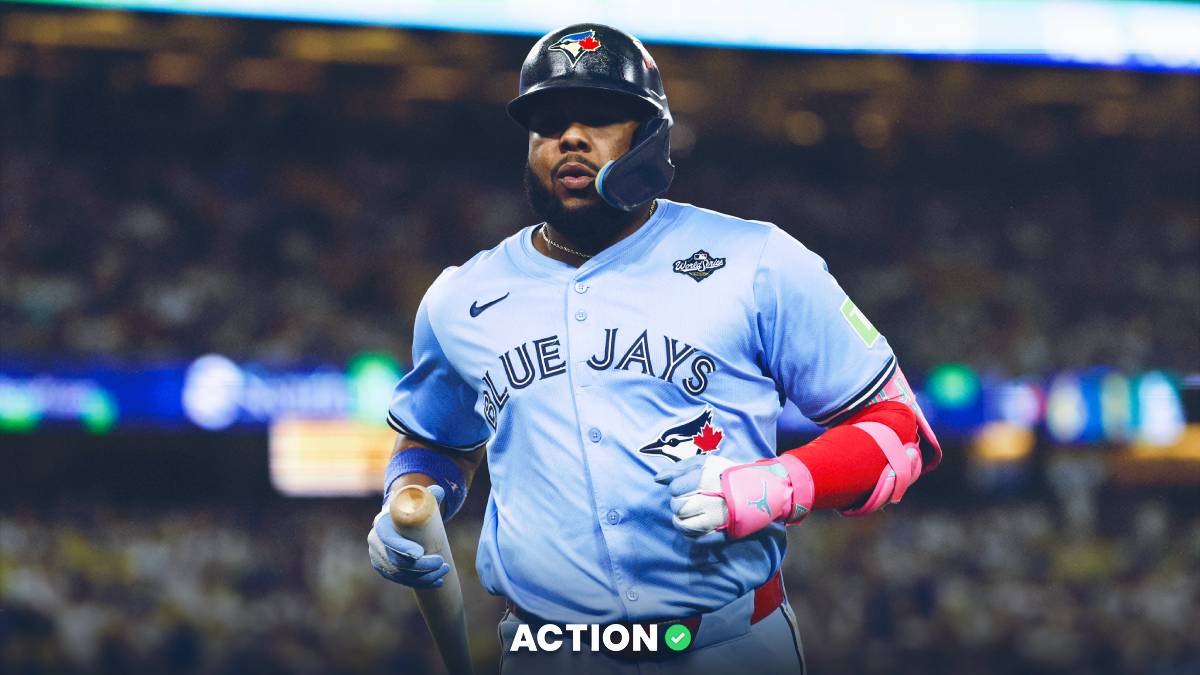Cy Young Award voting, like MVP voting, is entirely subjective. But modern writers seem to be paying more attention to non-traditional data points when making their awards assessments.
There is a clear upwards trend in recent seasons with regards to WAR and Cy Young winners — which mirrors the trend between WAR and MVP winners.
Until 2003, the Cy Young winner finished at least 1 WAR behind the pitching WAR leader (for that league) 48% of the time. Since 2004, that difference has only occurred five times (16%), a decrease of 32%.
Nine of the past 10 Cy Young winners have finished in the top three in their respective leagues in pitching WAR — the only exception being Blake Snell (2018). In 2020, for example, Shane Bieber paced all AL starters in WAR (3.2), while Trevor Bauer (2.5) finished third in the NL behind Jacob deGrom (2.6) and Yu Darvish (3.0)
Historically, four basic statistics correlate most strongly to Cy Young winners: Wins, ERA, strikeouts and WHIP (walks and hits per inning pitched).
A 2018 study, which incorporated advanced metrics, weighted WHIP and wins behind WAR, ERA and ERA+ as the five most important factors in selecting Cy Young winners, with IP and FIP close behind.
As a result, let's evaluate some top Cy Young contenders for 2021, using my projections and the following data points:
- WAR (via FanGraphs' Depth Charts)
- Wins
- WHIP
- ERA
- FIP
- IP
- Strikeouts
Using this same set of criteria, I Identified both 2020 Cy Young winners and gave out tickets on Shane Bieber (+1600) and Trevor Bauer (+5000) last March.
American League
Winning a Cy Young award requires volume, and it could be difficult for a longshot to overcome the counting stats among the top three choices in the AL: Shane Bieber, Gerrit Cole, and Lucas Giolito.
On paper, this looks like a three-horse race between those pitchers, who each project for 200+ strikeouts and 4+ WAR. If you expand the criteria to 3.5+ WAR and 190 strikeouts, the AL pool expands to four pitchers (including Tyler Glasnow); compared to nine NL pitchers who fit that criterion.
Let's take a look at my top selection, alongside some longer prices who could make their way into the conversation if they pitch more innings than we expect.
Lucas Giolito (+900 at The Westgate)
I was intending to make Framber Valdez my top selection in the AL prior to his finger fracture in spring training, but I'm circling back to Giolito here — who I bet at +2500 alongside Bieber last season — at an outlier number relative to his peers.
Across the market, Bieber and Cole are the top two selections with Giolito generally sitting in the +350 to +500 range, but his current price at the Westgate is actionable, down to about +700 (or 12.5%); I would set his fair odds closer to 15% (+567 implied.)
Based upon which projection system you use, your opinion of Giolito might change — drastically — but I tend to side with the upside indicators given his pedigree (first-round pick, former top prospect) and the fact that he went from having no command (4.5% K-BB% in 2018, 57th of 57 qualified starters) to dominant command (24.2% from 2019-2020, seventh of 44 qualified starters) almost overnight, ranking with the likes of Bieber and Yu Darvish over the past two seasons.
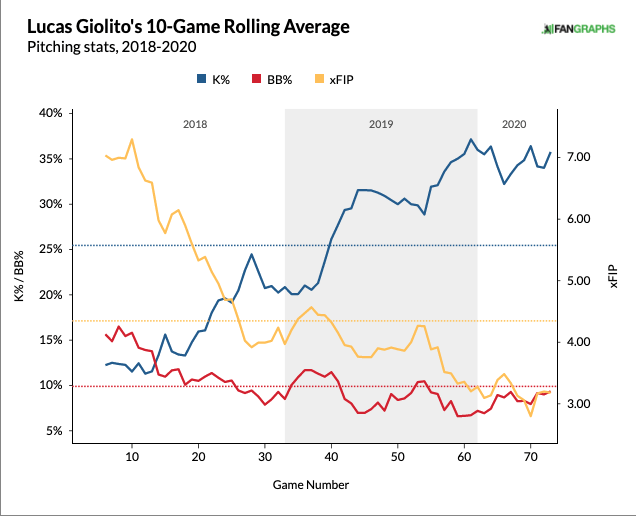
In 2020, Giolito recorded a 17.3% swinging-strike rate — second behind only deGrom (21.6%) — while continuing to increase his percentage of changeups (+7.6% over 2019 and +17.8% over 2018), which has helped to stifle left-handed opponents.
Systems that weigh Giolito's recent performance more heavily suggest that he's very much within range, if not ahead, of his AL competition:
Still, I don't think he's worth betting unless you can pick off that outlier price in Las Vegas.
Tyler Glasnow (+1100 at FanDuel)
The argument in favor of Glasnow, or virtually any other contender in the AL outside of the top three, comes down to volume.
While the projection market has Bieber anywhere from 185-197 innings pitched, Cole between 190-201 innings and Giolito ranging from 171-180 innings, Glasnow (133-163), Kenta Maeda (135-172), Jesús Luzardo (128-151) and Lance McCullers Jr. (113-148) have a significantly wider range of IP outcomes. And if any creeps into 180+ territory, they should be receiving votes for the award.
The concerns with Glasnow are threefold:
- Inefficiency, as he has averaged roughly five innings per start over the past two years because a high percentage of plate appearances end in a walk or strikeout.
- Prior elbow/forearm injuries.
- The Rays' unorthodox game management.
Otherwise, there's little to dislike about the pitcher with the second-best strikeout rate (35.7%) over the past two seasons, who has dominated the opposition with two pitches: a power fastball (60% usage, 95th percentile velocity, 79th percentile spin) and wicked curve (35% usage, 93rd percentile spin).
Glasnow has worked to develop a cutter/slider this offseason, which could help to complement those two offerings:
Tyler Glasnow, Disgusting Back Foot 88mph Slider. 🤮
RIP the league. 🪦⚰️
See his grip: https://t.co/Y6Qck1AtDJpic.twitter.com/hs2ySrJ6bk
— Rob Friedman (@PitchingNinja) March 17, 2021
Over the past two seasons, Glasnow ranks second in xFIP (2.84) behind Cole (2.72) and ahead of both Bieber (2.91) and deGrom (2.97).
Still, given his injury history and a potential lack of volume upside, it's difficult to justify anything more than a small play at +1000 or better. His true odds are likely closer to 10% (implied +900).
Kenta Maeda (+2500 at the Westgate)
It's rare of late that a player leaves the Dodgers and shows significant improvements, but Maeda blossomed during his 11-start sample with the Twins last season while ranking among the league leaders in FIP (3.00) and xFIP (2.63).
In 2020, Maeda dialed back his fastball usage (from 38% to an MLB low 26%) and leaned on his two best pitches (slider and changeup) more often than ever, leading to more strikeouts, fewer walks (28.2% K-BB%, vs. 19.9% for his career), and a sustained ability to generate weak contact:
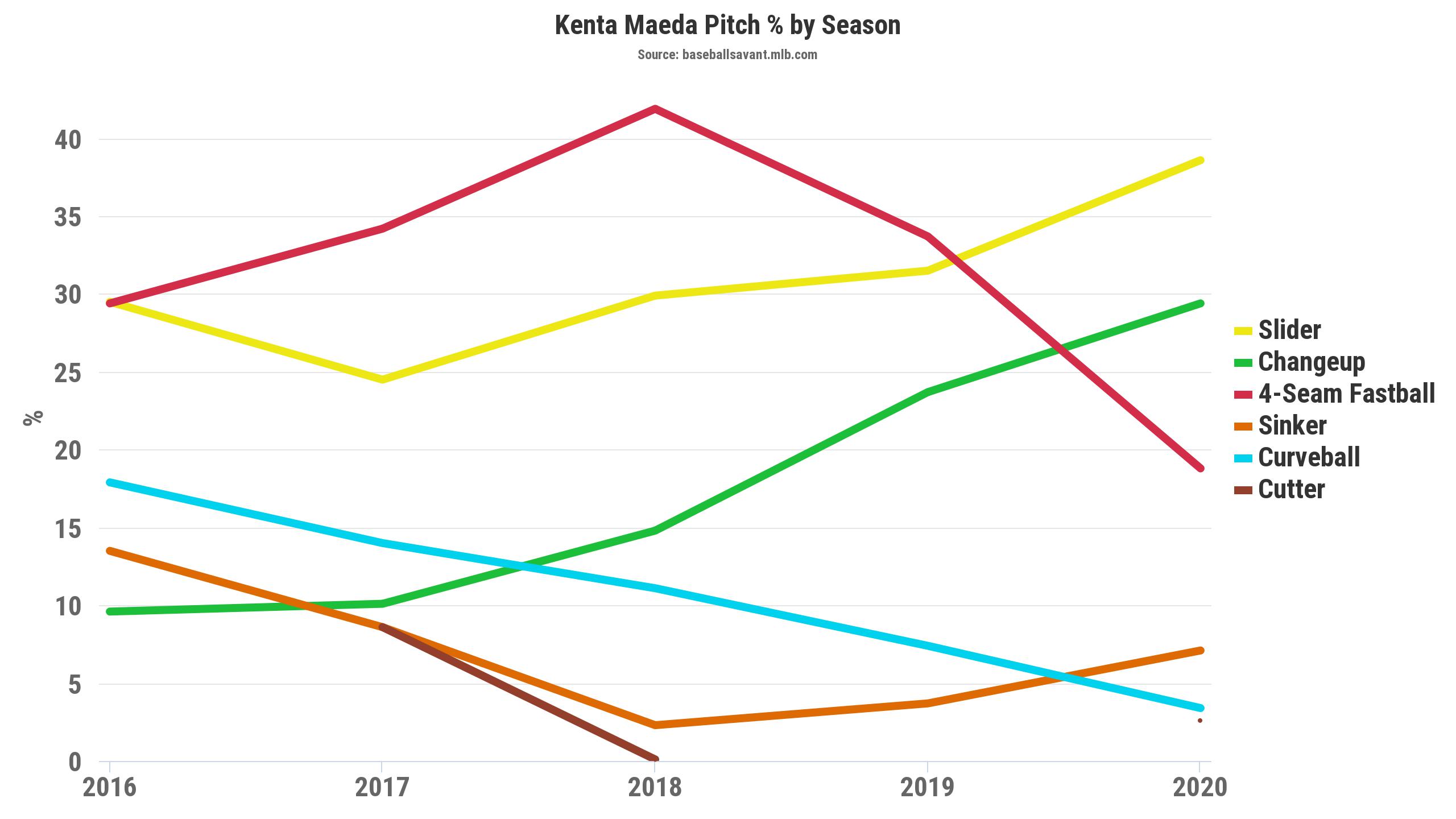
Moreover, the Twins let Maeda work deep into games, allowing him to pitch more than six innings per start after previously serving as a "five and dive" or swingman pitcher with the Dodgers (averaged 5.5 IP over 32 starts in 2016, before they dialed back his usage).
At six innings per start over 32 outings, Maeda could make his way into the 2021 Cy Young conversation, particularly after finishing second in 2020 voting behind a unanimous selection. That potentially increased output would translate to more than 200 total strikeouts, and he'll have one of the best defensive units in the league (with Andrelton Simmons and Byron Buxton up the middle) cleaning up everything else behind him.
PECOTA is seeing the changes in a more pronounced way than other projection systems, pegging Maeda for a 3.24 FIP in 2021 (3.79 to 4.30 in the rest of the market). And like Glasnow, he's actively working on finding a new breaking pitch to introduce to his mix.
I would make a small bet on Maeda down to +2000, with the expectation of a 5% win probability.
Jesús Luzardo (+3500 at FanDuel)
Luzardo was 300-1 at the Westgate last season, an absurd price for a top pitching prospect who has a chance to win multiple Cy Young awards in his career.
However, the southpaw does have some durability and workload concerns that could get in the way of his ceiling. He underwent Tommy John surgery after high school and suffered both a lat strain and a rotator cuff strain that cost him most of the 2019 season. He also hasn't tossed more than 110 innings in a professional season and only pitched into the sixth inning in four of his nine starts last year.
Luzardo is incredibly talented. Steamer projections rank him seventh in AL pitching WAR this season, while their per 200 IP projections place him eighth. No matter the projection that you use, he looks like a top-20 starter in the AL.
But it's difficult to expect a pitcher to have the durability to make a 100-inning leap (from 55 to 59 and then 150+ innings pitches over a three-year period) and it's unlikely that Luzardo hits his higher range of projected outcomes this season. He probably settles into the middle of his projected range, closer to the 140 IP mark.
As a result, I would likely assign him a 2-2.5% Cy Young win probably for this season, at best, and would need at least +5000 or better to back my favorite young pitcher.
Luzardo could ascend to ace status by the end of this season, but I think he's still a year away from awards consideration.
Lance McCullers Jr. (+6000 at The Westgate)
McCullers has dealt with injuries nearly every year of his MLB career, but the second-generation major leaguer has been one of the most effective starters in baseball since his debut, ranking in the top 10 in FIP (3.29 FIP, 3.35 xFIP) among the 116 pitchers with at least 500 total innings pitched over the past six years.
He was highly effective after returning from Tommy John surgery last season, posting a 2.18 ERA, 2.88 FIP, and 3.23 xFIP over his final eight starts — before getting a bit unlucky in the postseason — but his K-BB% over that period (close to 20%) would have represented a career-high (average 17.2%).
If McCullers can finally stay healthy in 2021, and average 5.5 innings per start over 32 outings (5.6 projected vs. 5.4 per game for his career), that gets him up to 176 innings pitched (exceeding the projected range of 113-148) close to 200 strikeouts, and on the fringe of the Cy Young discussion.
He's an extreme groundball pitcher (59.7% in 2020), who has been able to sustain a low home-run rate (0.71 HR/9), which takes a lot of volatility out of his range of outcomes. And all signs point to his having a monster season if or when he finally stays healthy.
That being said, it's a low percentage outcome, and I would need at least +5000 to take a small shot on McCullers.
National League
The contender list in the NL is twice as deep as the list of potential winners in the American League, but the top selection also looks more formidable relative to his peers.
One player who I very much like, but ultimately didn't consider betting, is Luis Castillo. There's no sense in betting a player to win an award when he's likely to get dealt at peak value, in-season if he's already playing well enough to win said award. Among these two shortlists of candidates, Castillo is the most likely pitcher to get dealt.
And while I backed both Walker Buehler and Trevor Bauer last season, I'm going to avoid backing any Dodgers pitchers to win the award in the immediate future. Their organization is incredibly deep and seemingly manipulates IL rules in order to keep their pitchers fresh for the postseason.
Jacob deGrom (+425 at DraftKings)
I locked in a share of deGrom at +500 a few weeks ago at Bet365 — compared to a market-low price of +200 at The Westgate — and I would bet the Mets' star to secure his third Cy Young in four seasons, down to about +350; because I think his fair odds are closer to +300 (25% implied).
deGrom was likely in the driver's seat for last season's honor until mid-September, when he left a start after two innings with hamstring tightness and allowed eight runs over his final 13 frames. That hiccup increased his short-season ERA from 1.67 to 2.38, and likely cost him some votes in a competitive race.
There are data points that suggest that deGrom was more dominant than ever in 2020, a scary proposition for his upcoming slate of opponents.
He increased his average fastball velocity to a career-high and MLB-best 98.6 mph last season — a 2.6-mph bump over 2018 — while adding a similar amount to his changeup (+2.5 mph) and continuing a three-year increase for both his curveball (+2.8 mph) and slider (+3.2 mph). Pitchers aren't supposed to gain velocity with age, and deGrom is defying the odds.
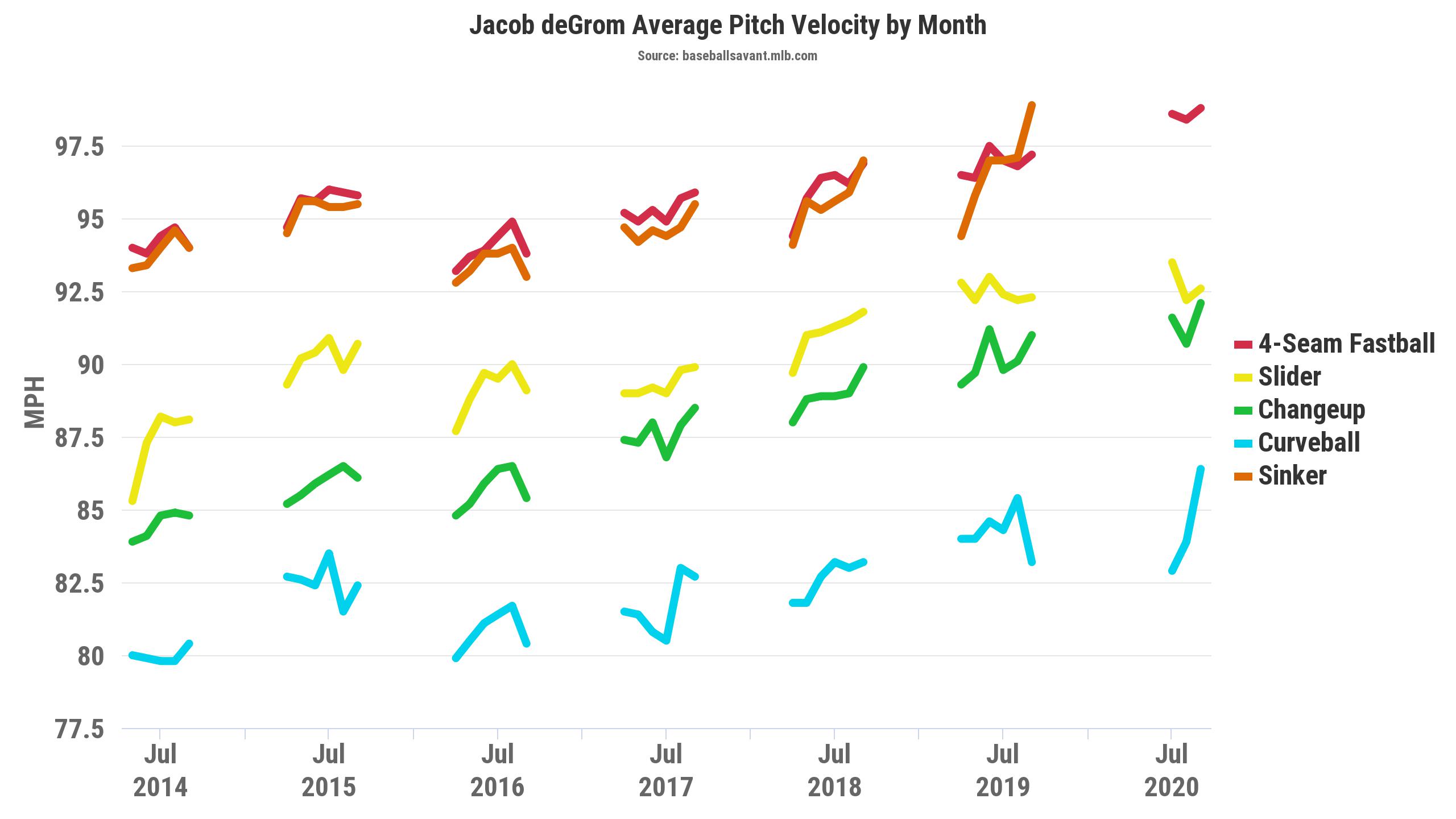
If you think that's unsustainable, note that deGrom has maintained this velocity increase in spring training.
He has also become increasingly more reliant upon his slider in recent seasons (23.9% in 2018, 35.6% in 2020) while putting away his curveball, which has helped to optimize his pitch mix.
Since the midpoint of the 2019 season, deGrom leads all MLB pitchers in WAR (6.5), FIP (2.18), and swinging-strike rate (18.6%) and ranks near the top of the leaderboard in both xFIP (2.71, third), and K-BB% (29.5%, third).
Over the same span, there's only one other pitcher in the NL who comes close in those categories…
Yu Darvish (+1400 at The Westgate)
Darvish is the only pitcher in the NL who has kept pace with deGrom since the 2019 All-Star break, ranking fourth in MLB in WAR (5.4), second in FIP (2.54), first in xFIP (2.59), second in K-BB% (31.2%), and seventh in swinging-strike rate (14.7%) over that span.
Like deGrom, Darvish owns a high-spin fastball, but the remainder of his repertoire is much more diverse and evolved much more dramatically over time.
Last season, Darvish became much more reliant upon his cutter and curveball, while drastically reducing his four-seam fastball usage:
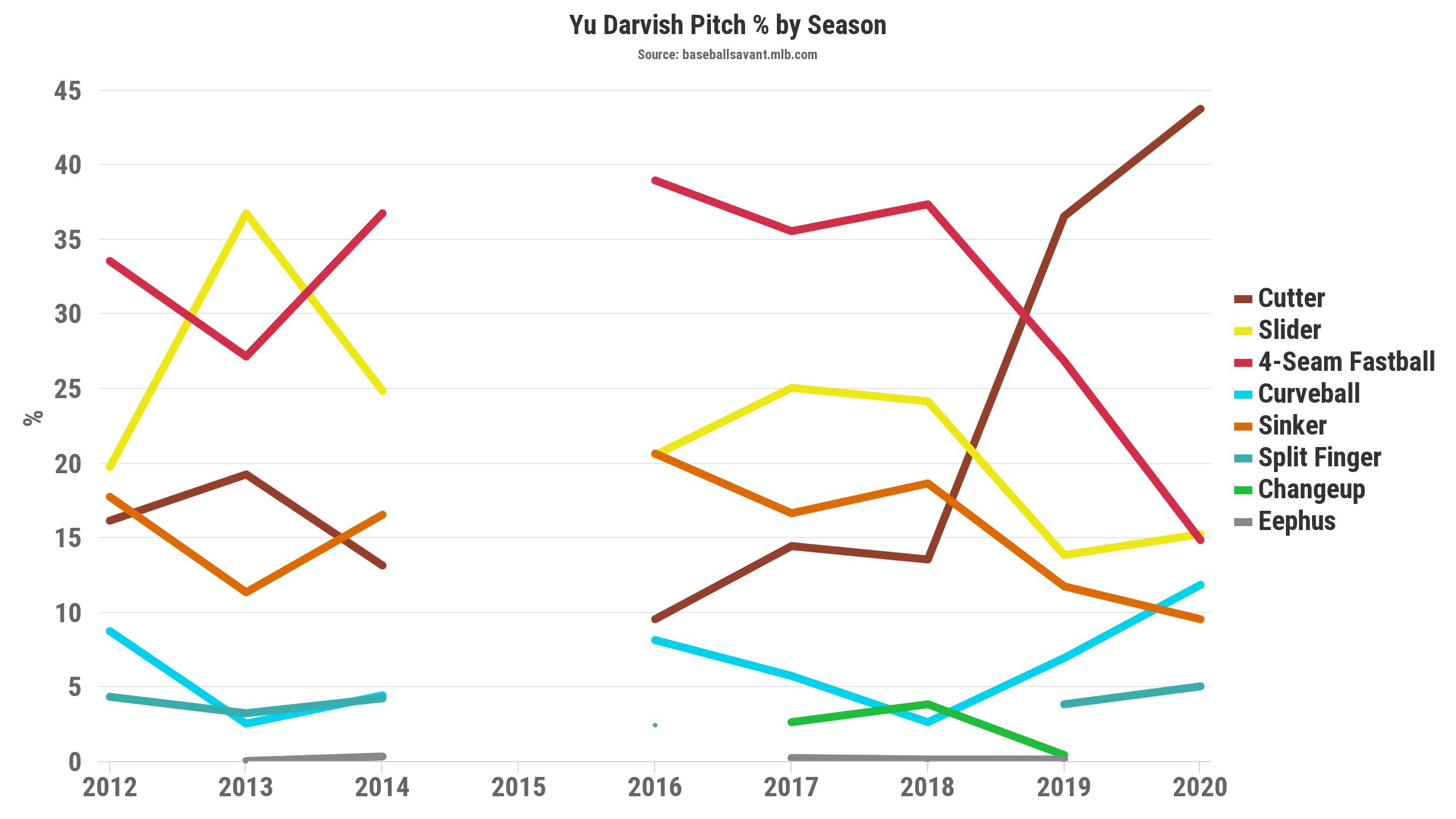
He saw an increase in whiffs both inside and outside of the strike zone in 2020, while inducing more chases from opposing hitters, leading to fewer walks and a dominant command ratio.
Over his past 25 starts, Darvish has recorded 211 strikeouts against 21 walks, and that 10.01 K/BB ratio easily paces all of MLB (Cole is second at 7.14; Bieber third at 6.32). Given Snell's injury history, it seems apparent that the Padres will need to stretch Darvish's innings as much as possible this season in order to keep pace with the Dodgers, and I think he's the most likely candidate to upset deGrom.
Darvish is worthy of another small Cy Young investment, down to +1000; but he probably needs deGrom to either miss a couple of turns or blow up a couple of times, in order to have a chance.
Jack Flaherty (+1500 at BetMGM)
It's easy to forget how dominant Flaherty was over the final few months of the 2019 campaign because his basic statistics regressed slightly in 2020, even though some of his underlying metrics (3.42 FIP vs. 3.64 in 2019) improved.
Over 15 starts following the 2019 All-Star break, the Cardinals' ace accumulated an NL-best 4.1 WAR while posting a 0.91 ERA, 2.22 FIP, and 3.19 xFIP.
He couldn't carry over that rhythm into his 2020 season, however, which was interrupted multiple times due to team COVID protocols. The gap between his first start (July 24) and second (August 19) of last season really interrupted Flaherty from fully stretching out. He was on a reduced pitch count until early September and didn't find his groove until the Cardinals were fighting for a playoff spot down the stretch.
As a result, I want to give him a pass for most of 2020, but his combined K-BB% over the past two seasons (22.2%) still ranks fourth in the NL, showing that Flaherty is relatively dominant, even if you include the bad.
A signature fastball/slider combination (combined 84% usage) keeps him relevant, but Flaherty is likely still in need of a third pitch in order to realize his full potential.
Love watching #STLCards Jack Flaherty use his slider. pic.twitter.com/24bfq94Tkd
— Michael Augustine (@AugustineMLB) July 25, 2020
He's an intriguing longshot at +1500 or better, but there's at least one better price within a similar projection bucket.
Aaron Nola (+2000 at The Westgate)
Nola is around +1200 in the futures market at all of the New Jersey sportsbooks, but the outlier number at The Westgate is worth playing, and likely holds value to the same +1500 figure as Flaherty.
Nola is a modern-day workhorse, posting consecutive seasons with more than 200 innings pitched from 2018-2019 while ranking second behind deGrom (489) in total innings pitched (486) over the past three seasons.
Nola ranks eighth in pitching WAR (11.0) over that same span and seemed to unlock a new level last season by raising his K-BB% to 25.3%, the fifth-best mark in the NL, after bringing his secondary pitches to level terms in usage rate:
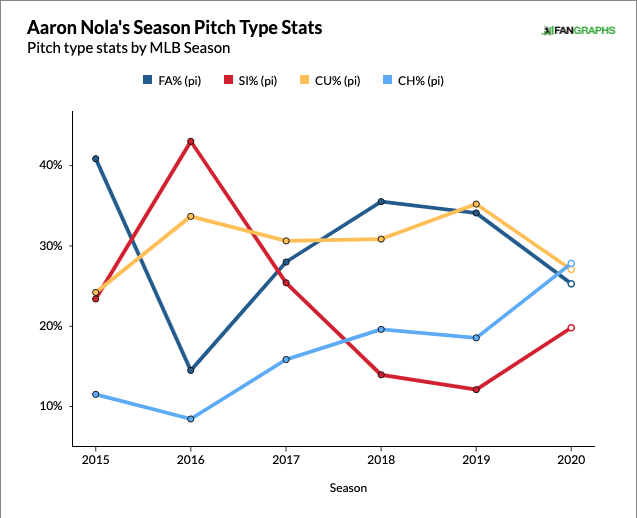
Nola may not have the big power stuff to hit another level in terms of peak performance (42nd percentile fastball velocity, 22nd percentile in spin rate), but he's as durable and efficient as they come, with three above-average offerings — and could certainly grind his way to award-worthy numbers with those traits.
Brandon Woodruff (+2500 at PointsBet)
The Brewers made significant improvements to their defense this offseason, adding both Kolten Wong and Jackie Bradley Jr. up the middle, and they'll look to rely on run prevention in order to win the NL Central.
I maintained that Woodruff was baseball's most underrated starter throughout last season, and I'm happy to see him get more support in the field since he was already a dark horse Cy Young contender before those defensive upgrades.
Among pitchers who have thrown 150+ innings over the past two seasons, Woodruff ranks eighth in FIP (3.08), 11th in xFIP (3.34), ninth in K-BB% (23.7%), and seventh in SIERA (3.49). He's been a bonafide ace, without getting a ton of credit for his dominance:
He profiles as a well-rounded power pitcher (sixth in fastball velocity among starters, combined 65% usage between his four-seam and two-seam) who generates enough groundballs (47.6% career) to alleviate any longball concerns (career 0.96 HR/9).
If Milwaukee's defense improves, particularly around the infield with the addition of Wong, Woodruff has an upside path to a monster season and is a longshot worth betting at +2000 or better.
Zac Gallen (+10000 at The Westgate)
Editor's note: Gallen was scratched from a spring training start on Monday because of lateral forearm soreness and is still being evaluated at the time of publication.
It seems unlikely that Gallen would pitch enough this season (projected range 151-171 IP) to garner Cy Young consideration, but his first 27 big league starts have been nothing short of spectacular (2.78 ERA, 3.65 FIP, 3.90 xFIP).
Gallen has displayed excellent command of four above-average offerings (four-seamer, cutter, curveball, changeup), which alleviates some concerns about his stuff (21st percentile fastball velocity, 70th percentile spin rate, 38th percentile for curveball spin).
While none of his pitches or skills is particularly dominant, Gallen is both extremely polished and poised for a pitcher his age — and isn't lacking confidence.
Need evidence of a man who is fully in control of his domain? Gallen attempted nearly three times as many pickoffs (149) as the next-closest pitchers (53 for both Corbin Burnes and Griffin Canning) in 2020. He is a throwback who grinds opposing offenses to a halt, and messes with their rhythm and timing in whatever ways possible.
I'm not sure of how much upside there is in his profile, however — Gallen may be very good for a long time without ever ascending to greatness — but the market generally shows Gallen listed at +5000 to win the NL Cy Young this season, and I think the 100-1 number at The Westgate is worth a flier.
The Bets
American League
- Tyler Glasnow (+1500, 0.25 units)
- Kenta Maeda (+2500, 0.20u)
- Lance McCullers Jr. (+6500, 0.05u)
Note: Would bet 0.5u on Lucas Giolito (+900) at The Westgate
National League
- Jacob deGrom (+500, 1u)
- Yu Darvish (+1200, 0.25u)
- Jack Flaherty (+1500, 0.25u)
- Brandon Woodruff (+2500, 0.25u)



